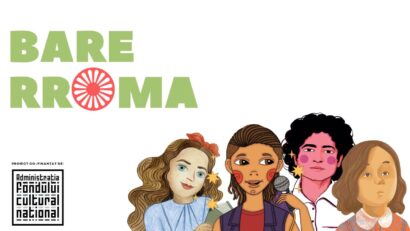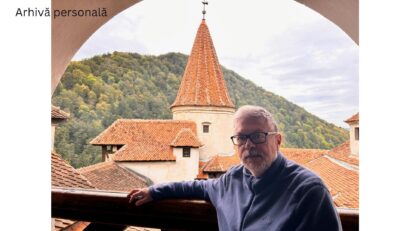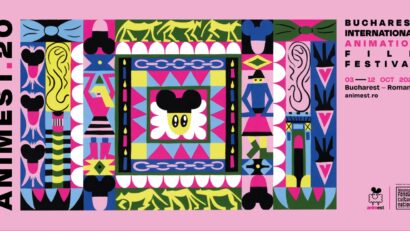Portraits at the Suțu Palace
The Bucharest Municipality Museum (MMB) offers visitors, until the end of August, the exhibition “Portrait: Image and Mirroring”, displayed at its headquarters – the beautiful historical building Suțu Palace n the city center.

Ion Puican, 02.08.2025, 13:30
The Bucharest Municipality Museum (MMB) offers visitors, until the end of August, the exhibition “Portrait: Image and Mirroring”, displayed at its headquarters – the beautiful historical building Suțu Palace n the city center.
The exhibition’s curator, Ana Maria Măciucă-Pufu, told us more about this artistic genre – the portrait, starting from the “Portraits” exhibition at the Suțu Palace: “Practiced since ancient times, the portrait occupies an ambiguous place in the hierarchy of genres, not being in accordance with the moral sense of critics, who see in these genres only the glorification of personal vanity. During the Renaissance, the human face presented an increased interest for artists, portraits at the end of the Middle Ages being those of sovereigns. Simple people were usually exempted from this type of representation. The respective works, prevalent in the 15th century, such as the Flemish portrait, were limited to the rendering of the face and shoulders, the face usually being seen in profile. In the 16th century, the great portraitists, such as Leonardo, Raphael or Titian, increased the surface area of the representation, adopting larger formats to paint both male and female characters. It is the century in which the portrait reaches maturity. In the Renaissance period, the approach to the theme was in accordance with the quality of the person represented and the destination of the work.
The technical support and the component parts were chosen according to these two motivations. Thus the psychological portrait was born, with an intimate destination, which corresponds to the physical and psycholoical image of a certain person, about whom no one knows almost anything, which was the opposite to the portrait of personalities, of clerical leaders and so on – intended for public locations, characterized by an expressiveness of the face, but in which the emphasis was placed on the character’s attitude and on the decorative elements. Imperial portraits was often idealized. Byzantine saints, for example, surrounded by gold, are immaterial, hieratic, spiritualized. Memorable for the Renaissance period are the full-length sculptures of the brothers Giuliano and Lorenzo de Medici in the Medici Chapel, where the two portraits are not treated realistically, according to physical resemblance, but according to their personality. Painting has evolved. The strength and novelty of today’s portraits and self-portraits return to the substantial elements that underlie their creation, with faithful respect for artistic emotion. There is currently a tendency to essentialise of the physical portrait, the inner features being what matter and must be expressed when we look at a character’s face.”
Ana Maria Măciucă-Pufu tells us more about the exhibition at MMB: “The exhibition “Portrait: Image and Mirroring” has at least two ways of being explored. On the one hand, we have the vertical line of the chronologies of portrait representation. On the other hand, we have a horizontal line of portrait representation, namely an imagined one, ideal from the canonical pattern to contemporary abstractions. The static, studied, studio or cabinet portrait is joined to the instantly immortalized portrait, where the image of the moment is always present.
Curator Ana Maria Măciucă-Pufu has details about the portrait in Romanian art, a concept revealed by the exhibition at the Suțu Palace: “The portrait has raised the interest of Romanian painters since the beginning of the 19th century, the Western tradition making its presence felt in the Romanian space as well. This tradition was reflected in the large number of portraits made by the pioneers of Romanian painting, painters who were looking for orders throughout Central and Eastern Europe, with longer or shorter stays in our country. They were granted the status of founders and recognized as forerunners of Romanian painting, an example in this sense being Constantin Lecca, who made portraits of personalities who were part of the high society.” (EE)






























